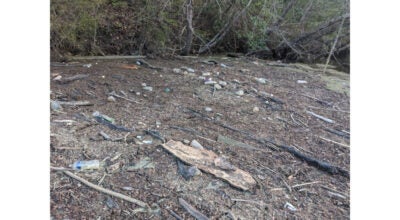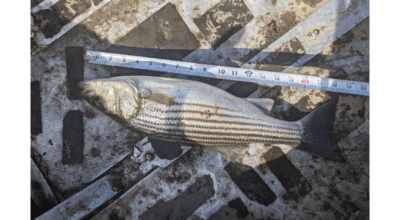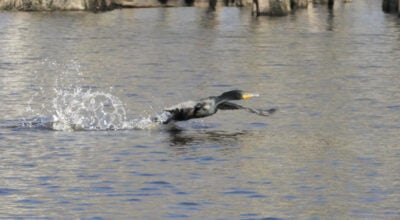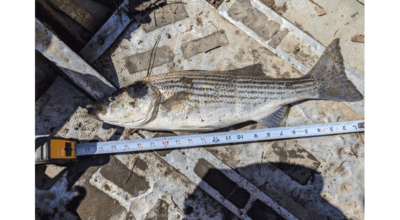Cultivate birds with these plants
Published 10:13 am Wednesday, November 28, 2018
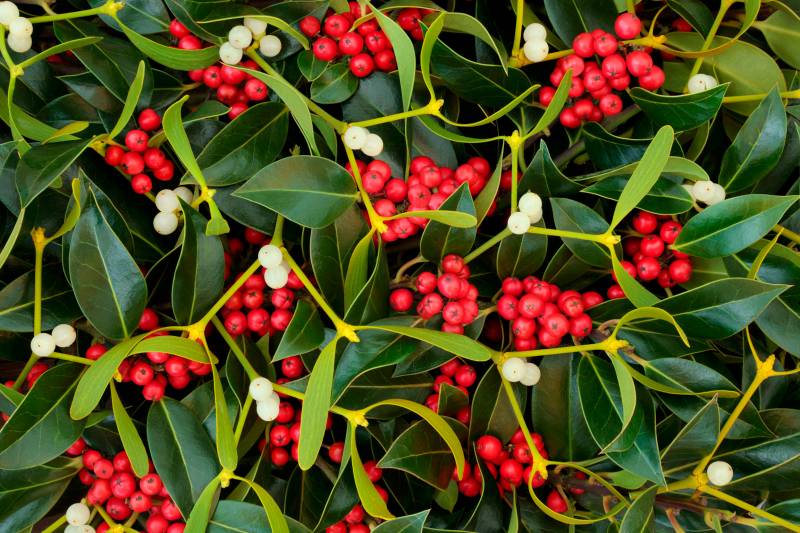
- Courtesy | Shutterstock Winterberry’s scarlet berries on female plants only are an important food source for our winter hardy birds such as robins and bluebirds. Both depend on readily available nutrition to survive the winter chill.
by Kristi Hendricks
All year long, the National Audubon Society has been celebrating 2018 as the Year of the Bird, marking the 100th anniversary of the Migratory Bird Treaty Act. You may have been joining in this observance by attracting all manner of feathered friends to your own landscape. Or did the birds pass you by in favor of your neighbor’s 4-season habitat?
What’s a gardener to do? Well, first take stock of your plants to see if they are producing the food that birds deem nutritious and to their liking. Then update your landscape plan to include additional plants in 2019 that offer food, cover and nesting areas.
VCE publication 420-006 describes how the attractiveness of an area to birds is greatly enhanced by a landscape rich in trees and shrubs, both deciduous and evergreen, that provide natural sources of seeds and fruits. As a result of this transition, you may need to rely less on commercial bird food while reaping the bounty of diverse bird visitation.
Here are five native Southside plants that thrive in our zone and soil conditions. Numerous species of birds are drawn to these plants like magnets.
• American beautyberry (Callicarpa Americana.) This deciduous shrub produces magenta berry-like drupes that linger on the branches until towhees and brown thrashers take closer notice after leaf drop reveals the showy fruit. The size and open habit of beautyberry enable birds to easily scrounge for insects hiding beneath its arching branches.
• Eastern red cedar (Juniperus virginiana.) Cedar waxwings adore the bluish, berry-like fruit that ripens in September, persists through winter and is borne only on female plants. The dense foliage of this needled evergreen provides excellent bird sanctuary.
• Winterberry (Ilex verticillata.) Scarlet berries on female plants only are an important food source for our winter hardy birds such as robins and bluebirds. Both depend on readily available nutrition to survive the winter chill.
• Wild grape (Vitis aestivalis.) Cardinals, wild turkey and woodpeckers love to dine on the fruits of this vine aka the summer grape. Not only does this vine produce food, but the leaf canopy provides nesting sites and shelter while the unique shredding bark is a handy building material.
• American black elderberry (Sambucus Canadensis.) Tiny lemon-scented white flowers appearing in June clusters give way to dark purple drupes in late summer. Tanagers, warblers and orioles all compete for the vitamin rich fruits adorning the unusually attractive foliage.
WTMG will host a Plant Clinic at the Smithfield Farmers Market ‘Holiday Market’ on Saturday, Dec. 1. The clinic will be open from 9 a.m.-1 p.m. Stop by to pose your peskiest horticultural questions to the master gardener volunteers. VCE educational programs are open to all.
KRISTI HENDRICKS is a member of the Western Tidewater Master Gardeners. Contact her at GardenontheJames@yahoo.com.


